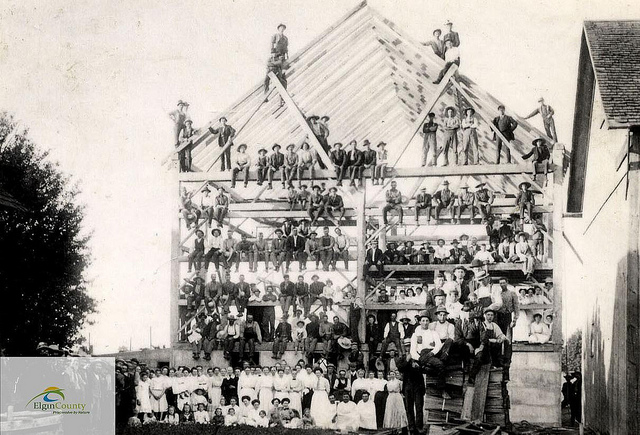Building practices for an emerging governance gives your virtual organization community tools to explore how they want to govern their own participation. Too often, governance planners start by thinking of structures: committees, boards, and assemblies. The structures will emerge more organically if planners start with practices and their logic.
Twenty some years ago, anthropologist/sociologist Pierre Bourdieu wrote Le Sens Pratique (Logic of Practice). He noted that cultural activities were not simply reasoned, but also became embedded in their practice. Their performance included tacit knowledge that was not available to the performer, having been learned directly through the body. The cultural norms and skills are carried by their members without the need for reflection or conversation. This is precisely why “culture” is often considered as difficult to change.
How does this theory inform the work of building an intentional community governance? Mainly, I will propose that governance needs to “make sense,” not just as a reason-able activity, but as a practice that feels right. Because this community is intentional, its practices are available for reflection and conversation, and change. This is the real difference between culture out in the world and the culture of a company or a virtual organization. Any organization that loses the ability to direct its internal culture is trapped in a single loop of progress and error and will never learn its way out of this. Your culture belongs to you, and not you to it.
How can practices feel right? How do you know if a practice feels wrong? The main way is to create a small list of provisional core values. These become the touchstones that members use to judge how right or wrong a proposed practice feels. If “maximal transparency” is a core value, then a practice that hides disagreement is going to feel wrong. If “diversity of approach” is a core value, a practice that opens up to a great variety of inputs will feel right.
Don’t feel like these provisional core values will need to be written in stone. Make one of them “community owns its values” and encourage the members to embrace and celebrate them, changing them when they want to.
Remember that governance is not simply about decision making. There are a lot of expressive opportunities that it can enable that will help your members to embody the organization’s culture through their interactions. Governance needs to encourage leadership and resolve conflicts. It should promote best practices and reward service.
Are you ready to gather your fledgling community together and start planning a governance approach? Get them to outline a handful of key values first. Then challenge them to find practices that uplift and promote these. Then you can add in use cases and scenarios for them to build structures that use these practices. Before you know it, your community will have a first draft of their bare-bones governance scheme.
Photo Credit: Elgin County Archives, Wallacetown Women’s Institute fonds on Flickr

